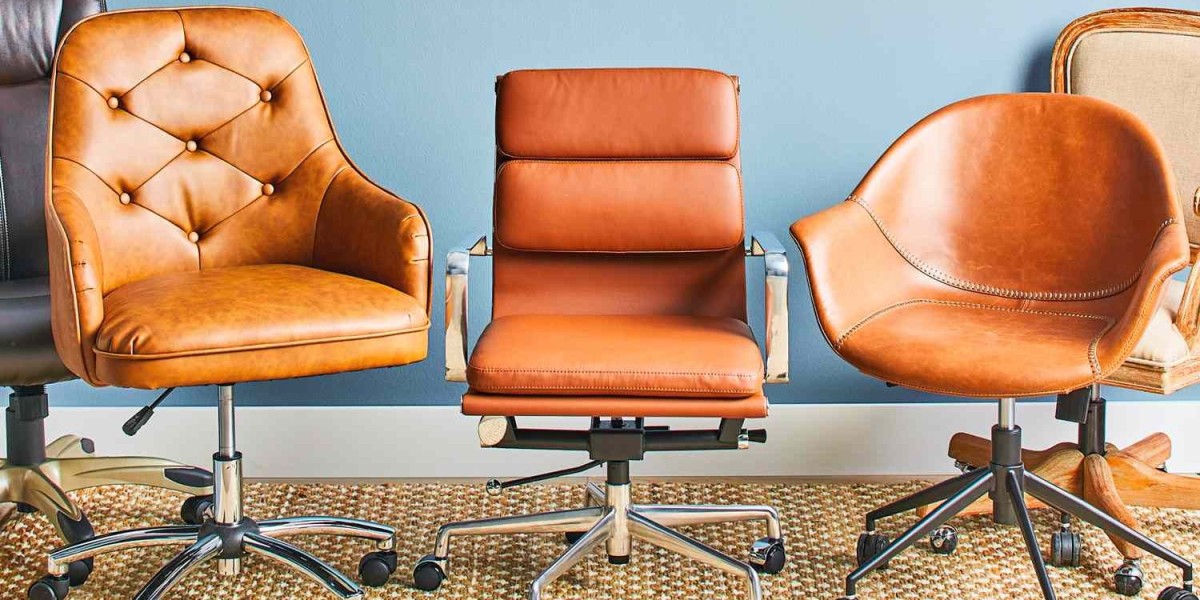In today’s fast-paced work environment, creating spaces for relaxation and collaboration is essential for enhancing employee well-being and productivity. The right furniture can facilitate these interactions, making the workplace not just a place to work but also a space where creativity and comfort thrive. This article will explore various furniture options and layouts that promote relaxation and collaboration in the workplace.
1. The Importance of Relaxation and Collaboration Spaces
Why Relaxation Matters
- Stress Reduction: Dedicated relaxation areas help employees decompress, reducing stress and burnout.
- Increased Focus: Short breaks in a comfortable environment can boost concentration and productivity when returning to work.
- Enhanced Creativity: Relaxation spaces can inspire creativity by providing a mental break from work-related tasks.
Why Collaboration Matters
- Improved Teamwork: Collaborative spaces encourage teamwork and the sharing of ideas, fostering innovation.
- Enhanced Communication: Informal settings facilitate open communication, breaking down barriers between team members.
- Adaptability: A variety of collaborative spaces can accommodate different working styles and group sizes.
2. Essential Furniture for Relaxation Spaces
a. Lounge Chairs and Sofas
- Description: Comfortable lounge chairs and sofas provide a cozy spot for employees to relax, socialize, or have informal meetings.
- Recommended Styles:
- Bean Bags: Fun and casual seating options for informal relaxation areas.
- Recliners: Supportive chairs that allow for lounging and comfort.
b. Café Tables and Chairs
- Description: Small café tables paired with comfortable chairs create a casual dining or coffee break area.
- Benefits: These settings encourage employees to take breaks and enjoy refreshments while socializing.
c. Hammocks and Pods
- Description: Hammocks or enclosed pods offer a unique relaxation experience, allowing employees to unwind away from their desks.
- Benefits: Provides a sense of privacy and tranquility, ideal for quick breaks.
d. Soft Furnishings
- Description: Cushions, bean bags, and throws can enhance relaxation areas by adding comfort and style.
- Benefits: These elements can be easily rearranged to create a welcoming atmosphere.
3. Essential Furniture for Collaboration Spaces
a. Modular Sofas
- Description: Modular sofas can be rearranged to suit different group sizes and meeting styles, making them versatile for collaboration.
- Benefits: Encourages teamwork by providing a comfortable setting for discussions and brainstorming.
b. Collaboration Tables
- Description: Large, communal tables designed for group work foster collaboration and creativity.
- Recommended Features:
- Integrated Technology: Power outlets and charging stations for electronic devices.
- Whiteboard Surfaces: Tables with writable surfaces encourage brainstorming sessions.
c. Flexible Seating
- Description: Stools, benches, and movable chairs that can be easily rearranged allow for a dynamic workspace.
- Benefits: Supports various group sizes and encourages spontaneous collaboration.
d. Acoustic Panels
- Description: While not furniture in the traditional sense, acoustic panels can enhance collaboration spaces by reducing noise distractions.
- Benefits: Creates a quieter environment for focused discussions and meetings.
4. Designing Relaxation and Collaboration Areas
a. Layout Considerations
- Zoning: Designate specific areas for relaxation and collaboration, ensuring they are easily accessible.
- Flow: Create an open layout that encourages movement between workspaces and relaxation/collaboration areas.
b. Ambiance and Aesthetics
- Lighting: Use natural light wherever possible and incorporate adjustable lighting for different activities.
- Color Schemes: Choose calming colors for relaxation spaces and energizing colors for collaboration areas.
c. Integration with Technology
- Connectivity: Ensure that relaxation and collaboration spaces have Wi-Fi access and charging stations for devices.
- Tech Tools: Consider integrating collaboration tools like screens, projectors, or interactive whiteboards for more effective group work.
5. Benefits of Combining Relaxation and Collaboration Spaces
- Enhanced Employee Well-Being: Providing areas for both relaxation and collaboration promotes overall well-being and job satisfaction.
- Increased Productivity: Balanced work environments lead to improved focus, creativity, and productivity.
- Fostering Company Culture: Spaces that encourage social interaction and teamwork contribute to a positive company culture.
6. Conclusion
Incorporating furniture designed for relaxation and collaboration in the workplace can significantly enhance employee well-being and productivity. By carefully selecting and designing these spaces, businesses can create an environment that promotes creativity, teamwork, and comfort. As workplaces evolve, prioritizing relaxation and collaboration will be key to attracting and retaining talent in a competitive market. Investing in the right furniture and creating inviting spaces can lead to a more engaged and motivated workforce, ultimately driving success for your business.








